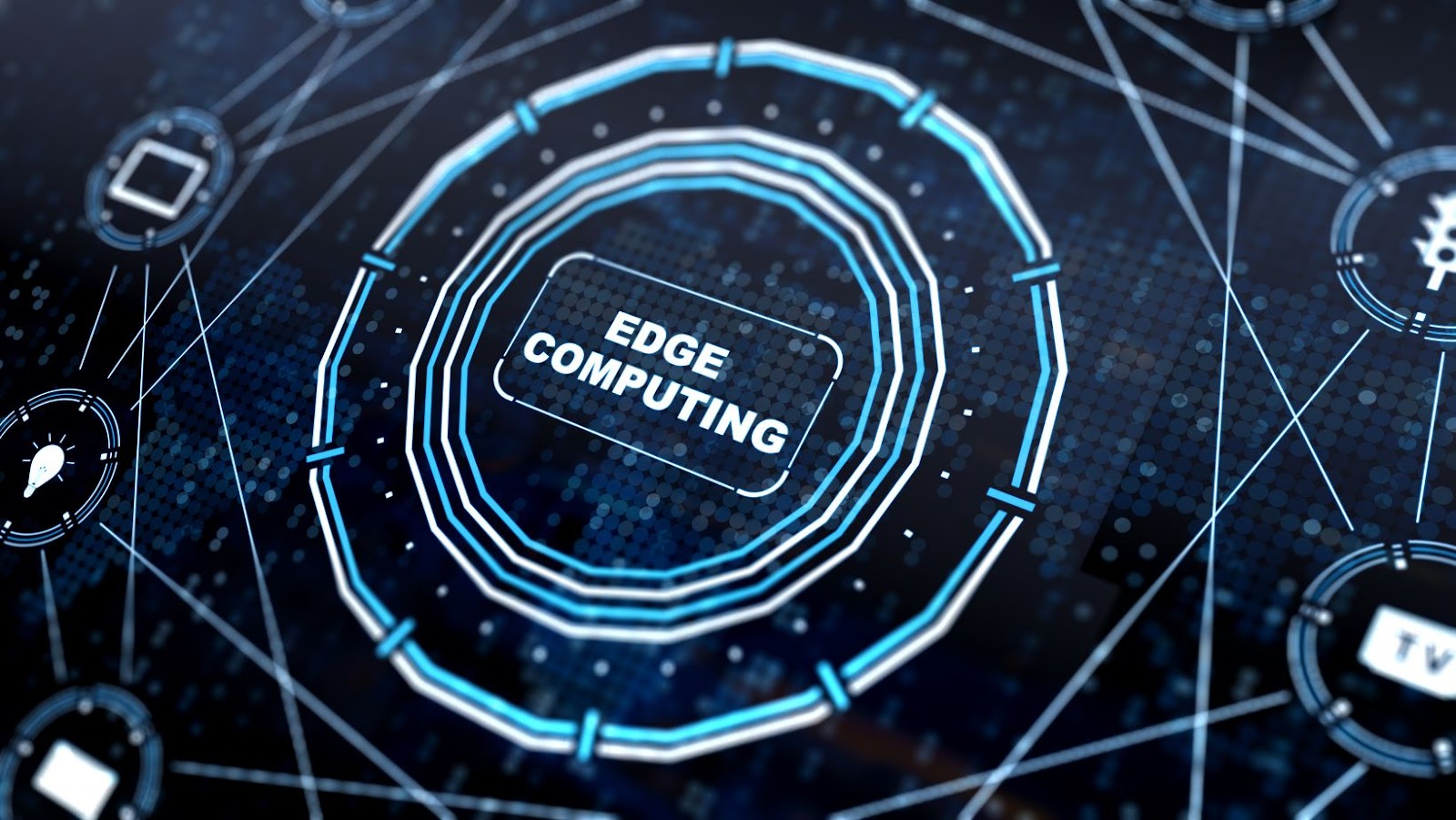Cloud computing has transformed how we approach the task when managing and processing data. However, with the need for real-time data processing increasing, cloud computing has evolved into a more localized version known as edge computing. This has given rise to the question of edge computing is an extension of which technology?
The answer is relatively simple – edge computing is an extension of cloud computing. The main difference between the two is that while cloud computing involves centralizing data processing and storage, edge computing decentralizes it by bringing computation and data storage closer to the device or system that generates and requires the information.
Edge computing’s localization makes it ideal for scenarios requiring real-time processing, such as in IoT applications, manufacturing, and healthcare. With edge computing, we can expect faster data processing, reduced latency, and an overall improvement in efficiency.
The Evolution of Computing Technology
Computing technology has come a long way since the first programmable computer, the Colossus, was invented in 1943. Over the years, computing technology has evolved significantly, with much of its growth and development attributed to advances in microprocessors, memory modules, cloud computing, and now Edge Computing.
Edge Computing is an extension of cloud computing technology designed to facilitate data processing and analysis in a decentralized environment. A distributed computing model enables data processing and computation to be performed closer to the source of data collection, rather than relying on cloud computing models where the data is transported to data centers or the cloud itself for processing.
The concept of Edge Computing emerged as a solution to the challenges inherent in cloud computing, such as latency, cost, and bandwidth limitations. The cloud computing model typically involves a centralized approach to data processing, where data is transmitted to a data center located in a remote location for processing. This process can result in significant latency issues, particularly problematic for time-critical applications.
On the other hand, Edge Computing enables data processing to be carried out in real-time by placing computing resources closer to the source of data generation. This approach helps to minimize latency, reduce bandwidth consumption, and optimize resource utilization, resulting in more efficient and cost-effective computing processes.
While Edge Computing is an extension of cloud computing technology, it is also closely linked to the Internet of Things (IoT) and artificial intelligence (AI). The IoT involves using interconnected devices that generate data, while AI involves using sophisticated algorithms to process and analyze data. Together, these technologies create a robust ecosystem that enables real-time data processing and analysis, essential for applications requiring instantaneous decision-making, such as self-driving cars, smart cities, and industrial automation.
In conclusion, Edge Computing is an extension of cloud computing technology that facilitates data processing and analysis in a decentralized environment. The need for real-time data processing, latency minimization, resource utilization optimization, and bandwidth consumption reduction has driven its emergence.
Edge Computing Is An Extension Of Which Technology?
Edge computing is an extension of the cloud computing model that provides the capability to process data locally at the edge of a network. The technology addresses the challenges of processing and analyzing data in real-time while reducing the backhaul traffic to a centralized data center. Simply put, edge computing brings processing power closer to the data source, resulting in lower latency, higher security, and more efficient bandwidth use.
In traditional cloud computing, all the data processing and storage occur in a centralized data center, often far from the data source. This approach poses a challenge for applications that require real-time data processing, such as autonomous vehicles, drones, and production systems. With edge computing, devices connected to the network can perform computational tasks locally, significantly reducing the time to process data.
Edge computing is an extension of cloud computing, but it operates differently. In edge computing, data transcends the cloud to be processed locally, allowing it to be acted upon more quickly than cloud computing would allow. It’s fair to say that edge computing has enabled many recent technological advancements. From real-time processing in devices like smart speakers, security cameras, automation systems, and more, edge computing brings intelligence closer to the network’s edge.
The benefits of edge computing are numerous. In addition to real-time data processing, edge computing offers increased data privacy and security. Data processed locally at the edge does not need to be transmitted over the network to a centralized data center for processing, making it less susceptible to hacking and other security threats. It is, therefore, an ideal choice for applications such as critical infrastructure and healthcare, where data privacy and security are paramount.
In conclusion, edge computing is an extension of cloud computing designed to bring processing power closer to the data source. It enables real-time data processing, increased data privacy, and security, and more efficient bandwidth use. The result is transformative technology unlocking groundbreaking advancements in many industries, with many more innovations.
Edge computing is an extension of cloud computing technology that brings computing power and storage closer to users and devices. With edge computing, data processing and analysis happen closer to the data source and do not depend on a centralized location like a data center or the cloud. Instead, the processing takes place on local devices or servers connected to the network, allowing faster response times and improved efficiency.
The applications and benefits of edge computing are numerous and varied. Here are a few examples:
- Reduced latency: By processing data locally, edge computing reduces the latency caused by sending data to a central location for processing. This is particularly important for applications that require real-time processing, such as machine learning, autonomous vehicles, and gaming.
- Improved security: Edge computing can help improve security by reducing the amount of data that needs to be sent to a central location for processing. This can help reduce the risk of data breaches and other security issues.
- Better performance: With edge computing, applications can run faster and more efficiently, since the processing is happening closer to where the data is generated. This can lead to better overall performance and improved user experience.
- Reduced bandwidth requirements: By processing data locally, edge computing can help reduce the bandwidth needed to transfer data to a central location for processing. This can be particularly useful in situations where bandwidth is limited or expensive.
- Improved scalability: Edge computing can help improve scalability by allowing for distributed processing and storage that can be scaled up or down as needed.
Overall, edge computing is an exciting development in the world of technology that has the potential to revolutionize the way we process and analyze data. By bringing processing power and storage closer to users and devices, edge computing can help us unlock new capabilities and improve efficiency across various applications.

